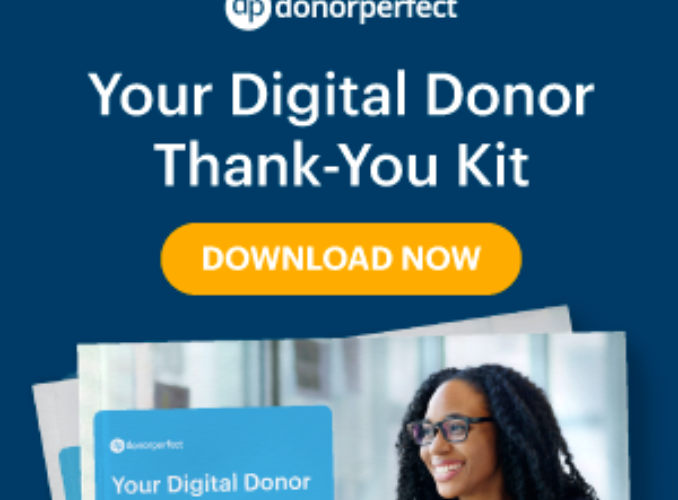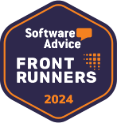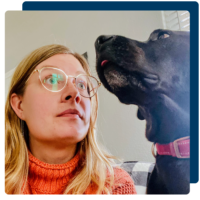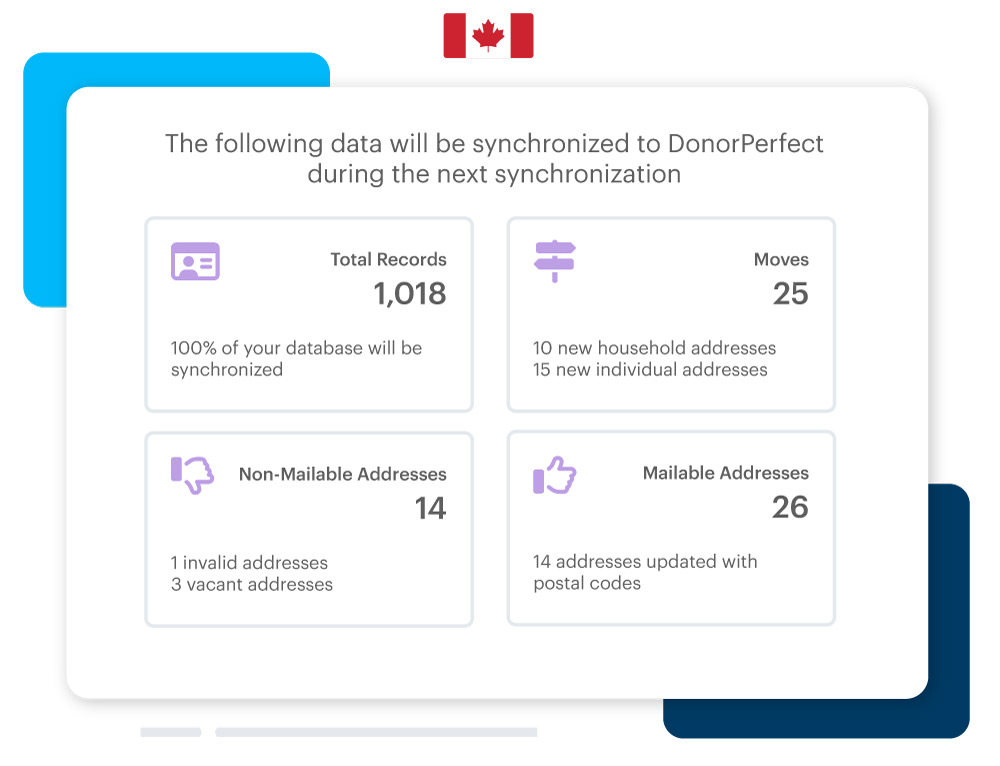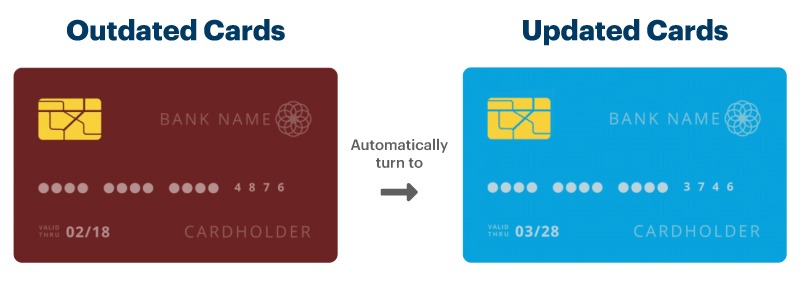Fundraisers: if you love a book where you’re the hero of the story, Tuesday Mooney Talks to Ghosts is a delightful mystery that stars a prospect researcher for a nonprofit hospital system. She has a knack for discovering personal (and often private) details about people she’s never met and credits her experience researching donors so their development office could have everything they need to prepare for visits and proposals.
But what does prospect research entail? Is it ethical? Is Tuesday an asset to her team, or a liability waiting to happen? Read on for tips on how your nonprofit can use prospect research to better target and reach potential supporters.
What is prospect research?
Generally, prospect research refers to information gathered by nonprofits on potential donors to help inform their fundraising strategy. It can include wealth screenings, mining your database for people with specific characteristics your most generous donors have in common, and even simply googling a prospect before a meeting.
Prospect research can provide insights into what motivates your current and prospective donors by shedding light on their behavior outside of giving to your nonprofit. Do they support other charities? Do they have indicators of wealth, like real estate or stock holdings? Are they politically active, and if so, what issues speak to their hearts?
When I was a fundraiser, I used prospect research to determine if there were specific topics I should include or avoid in conversations with donors. For example, if a donor recently wrote a letter to the editor of the local newspaper declaring support for a particular issue, it gave me an easy “in” with them.
Is prospect research ethical?
If “creeping on” your donors raises feelings of invasiveness, you’re not alone. However, you don’t have to read everything on your donors’ social media profiles or tour their homes on Zillow to get valuable information! Ethical prospect research can be both easy and intuitive, provided you’re following the Association of Fundraising Professionals’ Donor Bill of Rights.
4 tips for researching prospective donors:
- Only seek out information that is publicly available.
- When seeking information, make sure your intentions and identity are clear, especially if you’re gathering information from someone who is connected to your donor.
- Limit the amount of time you spend researching particular individuals so you can get a big-picture image of what motivates them without getting too many personal details.
- Create a list of information and data points about a donor that you find useful and stick to it.
How can nonprofits use prospect research to improve individual donor engagement?
There are as many different motivations for giving as there are donors and learning what makes an individual tick can inspire them to grow into their philanthropic potential. That said, you might find that your top donors have demographic or other characteristics in common that can help you find new supporters.
Pull a list of your top donors and see if you can spot any similarities. Does your mission tend to resonate specifically with families? Single people? People in specific age groups? Once you find what ties your top donors together, you can use it as criterion for finding similar donors already in your database. Once you have this list, you can try engaging with them individually, by inviting them to your next tour or taking them for coffee to see if they’d like to step up their level of involvement.
Create personalized, heartfelt video messages specially for your top supporters with DP Video, sent directly from your DonorPerfect system.
When you conduct outside research on a specific prospect, you can make your knowledge available to your entire team by adding it to their donor profile in your CRM. In DonorPerfect, you can create contact records for every touchpoint with your donors, including discussion topics and a summary of your meetings, or use custom fields for important details like age group.
In my experience as a fundraiser, many of the donors I worked with felt as connected with our entire organization as they did with their assigned gift officer, and it frustrated them to share the same information multiple times with different staff members. Sharing the knowledge that results from prospect research can be as valuable as the research itself.
How can nonprofits use prospect research to target groups?
Prospect research can extend to groups as well, and inform your direct mail and email fundraising efforts. Similar to pulling prospect lists of individuals, you can use your data to find giving patterns among broader groups of people, and segment your messages along those lines to make sure your prospective donors receive messages that will resonate with them.
For groups, pull results from your last successful appeal or fundraising event. Try to sort these donors into a small handful of categories, and let your data guide you. Possible criteria could include age range, family status, occupation type, giving method, and whether the donors have also volunteered with you.
Your Data-Driven Donor Persona Checklist helps you speak individually to large groups of donors, so you can deliver the messages with the highest impact.
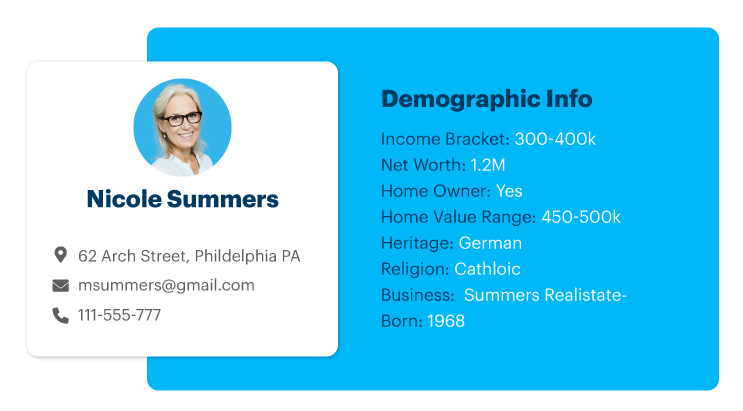
Creating donor personas from your findings can help you use group-level prospect data to make mass communications feel personalized. Create a named, fictional character for each grouping to give you a “person” to speak to when creating your fundraising materials.
For example, you might find that your younger donors prefer to engage online through monthly giving, while your older donors might prefer to send checks by mail. For your next appeal, you could solicit donors under the age of 65 mostly over email, specifically drawing their attention to how their monthly gifts sustain your nonprofit and are budget-friendly for donors. For donors over the age of 65, you could try soliciting them mostly over mail, and include a pre-stamped and addressed reply envelope to remove any friction from their giving process.
With Constant Contact, you can easily segment your fundraising emails and make small adjustments to your appeal so each group receives the message that inspires them the most.
Are you ready to see the real value of prospect research? Start by strengthening your donor engagement data with demographic information and financial indicators that illustrate your donors’ giving potential.
Find excellent prospects in your data
Download the Discover Major Donors in Your Database e-book
